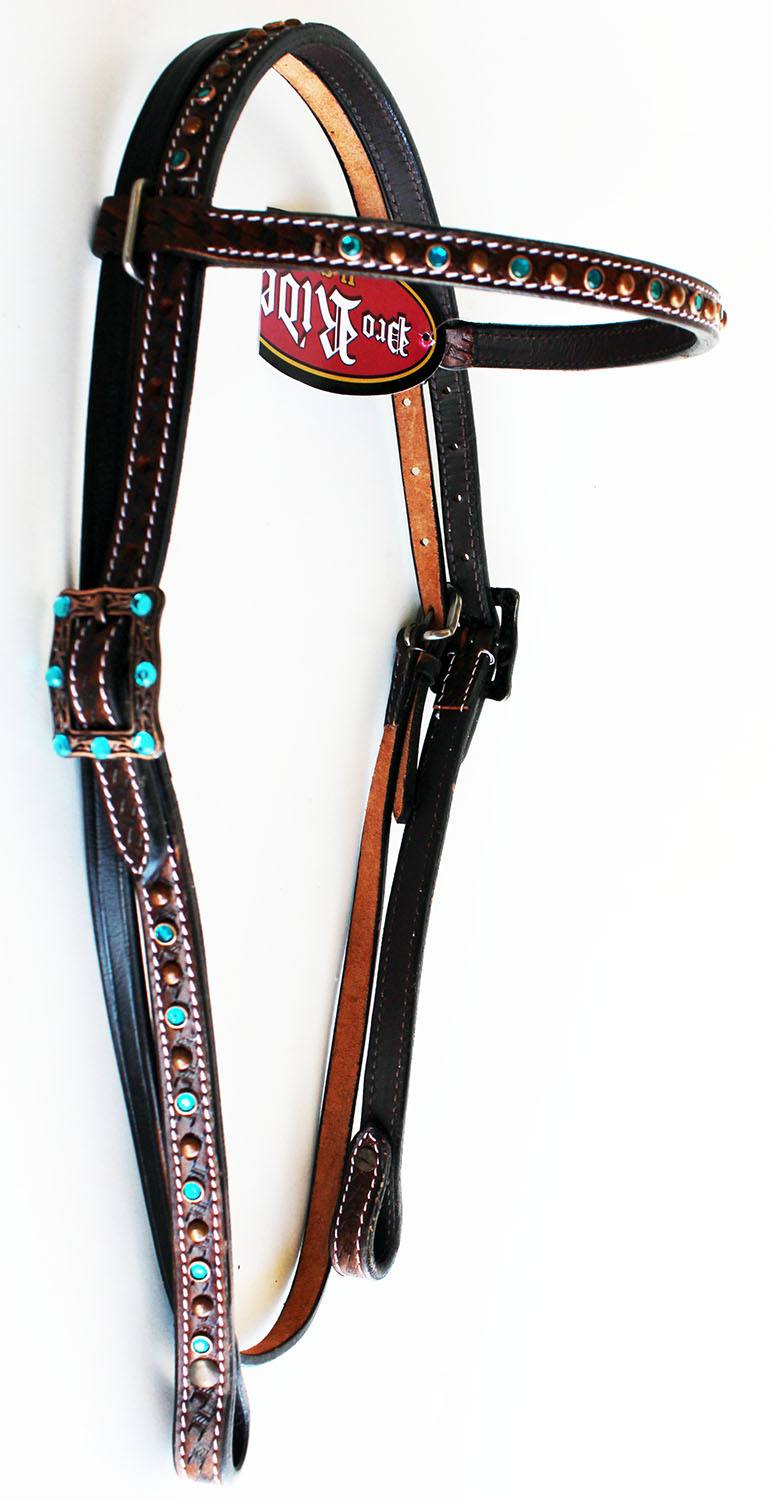
Introduction to Horse Tack

Horse tack refers to the equipment and accessories used when riding or handling horses. It includes various items such as saddles, bridles, reins, bits, stirrups, girths, and more. These pieces of equipment are essential for both the comfort and safety of the rider and the horse. Properly fitted and maintained tack is crucial to ensure a pleasant and safe riding experience.
The Importance of Choosing the Right Tack

Choosing the right tack is of utmost importance to ensure the well-being and performance of both the rider and the horse. Ill-fitting or poor-quality tack can cause discomfort, pain, and even injury to the horse. It can also affect the rider's balance and control, making it difficult to communicate effectively with the horse. Therefore, it is essential to invest in high-quality tack that fits properly and suits the specific needs of the horse and rider.
The Different Types of Horse Tack

There are various types of horse tack available, each serving a different purpose. Some common types include:
1. Saddles

Saddles are one of the most crucial pieces of tack. They provide a comfortable and secure seat for the rider and distribute their weight evenly across the horse's back. There are different types of saddles, such as English saddles, Western saddles, and endurance saddles, each designed for specific riding styles.
2. Bridles

Bridles consist of a headstall, bit, and reins. They are used to control the horse's direction and speed. The type of bridle chosen depends on the horse's training and the rider's preferences.
3. Bits

Bits are the metal mouthpiece of the bridle that goes into the horse's mouth. They allow the rider to communicate with the horse through subtle cues. There are various types of bits, such as snaffle bits, curb bits, and pelham bits, each with its own purpose and level of severity.
4. Reins

Reins are long straps connected to the bit that the rider holds to control the horse's movements. The reins are typically made of leather or synthetic materials and come in different styles, such as split reins or one-piece reins.
5. Stirrups
Stirrups are the metal or wooden loops that hang from the saddle and provide support for the rider's feet. They help maintain balance and stability while riding. Stirrups come in various sizes and styles, depending on the rider's preference.
6. Girths
Girths are straps that secure the saddle on the horse's back. They go underneath the horse's belly and are tightened to keep the saddle in place. Girths are available in different materials and designs to ensure proper fit and comfort.
Proper Care and Maintenance of Horse Tack
Taking care of horse tack is essential to ensure its longevity and performance. Here are some tips for proper care and maintenance:
1. Regular Cleaning

After each use, it is important to clean the tack thoroughly using a damp cloth or sponge. Remove any dirt, sweat, or grime from the surface to prevent bacterial growth and deterioration of the materials.
2. Conditioning and Oiling

Leather tack requires regular conditioning and oiling to keep it supple and prevent cracking. Use a suitable leather conditioner or oil to moisturize the leather and maintain its quality.
3. Storage

Proper storage is crucial to prevent damage to the tack. Store the tack in a clean and dry area, away from direct sunlight and extreme temperatures. Hang saddles and bridles on racks or hooks to maintain their shape.
4. Regular Inspections

Regularly inspect the tack for any signs of wear and tear. Check for loose stitching, cracked leather, or damaged buckles. Replace or repair any damaged parts to ensure the safety and functionality of the tack.
Conclusion
Horse tack plays a vital role in horse riding and handling. Choosing the right tack and properly maintaining it is crucial for the comfort, safety, and performance of both the rider and the horse. By investing in high-quality tack and following proper care and maintenance routines, riders can enjoy a pleasant and safe riding experience while ensuring the well-being of their equine partners.